Eroding buying power: Inflation spikes to 13.8% on high food prices
Major reason behind the increasing prices was supply hiccups and widening gap between demand and supply of food items.

In an indication of continuing price increase in the new financial year, inflation rose 13.8 per cent in July on the back of a surge in cost of food items ahead of Ramazan, reported the Federal Bureau of Statistics (FBS) here on Tuesday.
Inflation measured by the Consumer Price Index (CPI) – an indicator to determine changes in prices of 375 essential items, rose 13.77 per cent in July over the corresponding month of last year, FBS reported.
An abnormal trend was recorded in month-on-month food and beverage price indicator which in July rose 3.2 per cent compared to June, the highest in recent years, FBS said. A major increase of 12.6 per cent was seen in prices of perishable food items.
However, due to a mere 5.2 per cent weight in the overall basket, the impact of such an abnormal increase was not so visible, restricting the monthly food inflation to 3.2 per cent. Prices of non-perishable food items, comprising 35 per cent of the basket, increased 1.9 per cent.
An official of the economic advisory wing of the finance ministry said though the monthly trend seems quite abnormal, it was in line with official assessments. He said historically prices remain on the higher side from July to October and start coming down afterwards.
He said the major reason behind the increasing prices was supply hiccups and widening gap between demand and supply of food items.
On monthly basis, the CPI-based inflation increased 1.8 per cent due to a big rise in prices of tomatoes, chicken, eggs, vegetables, potatoes, onions, gram and pulses. Tomato rates soared over 85 per cent, chicken around 20 per cent, eggs and vegetables over 14 per cent, FBS said.
Expecting a decline in inflation, the central bank in the last monetary policy review on July 30 lowered the discount rate – at which it lends to banks – to 13.5 per cent from 14 per cent in a bid to stimulate economic growth. The government needs to implement stringent fiscal and monetary policies along with sustainability of the supply chain.
For this financial year, the government has targeted to restrict inflation to 13 per cent, which seems quite challenging after failure to bring the figure down to a single digit, argue independent economists. Last year, against the target of 9.5 per cent, inflation ended up around 14 per cent.
On yearly basis, food and beverage prices soared 17.6 per cent in July over the corresponding month last year. Apparel, textile and footwear prices increased 13.2 per cent, house rent 8.8 per cent, fuel and lighting 7.4 per cent, household furniture and equipment 11.6 per cent and transport and communications 13.6 per cent.
Published in The Express Tribune, August 3rd, 2011.


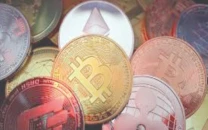
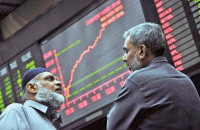

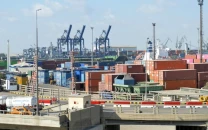
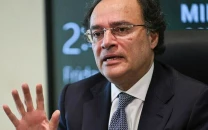

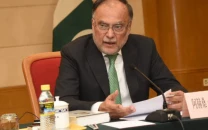


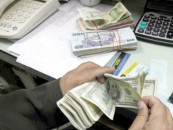







COMMENTS
Comments are moderated and generally will be posted if they are on-topic and not abusive.
For more information, please see our Comments FAQ